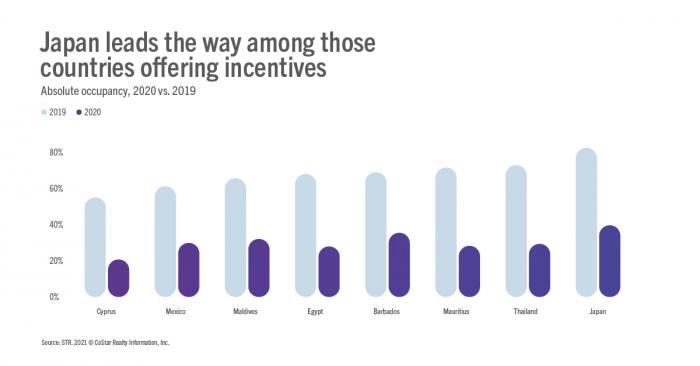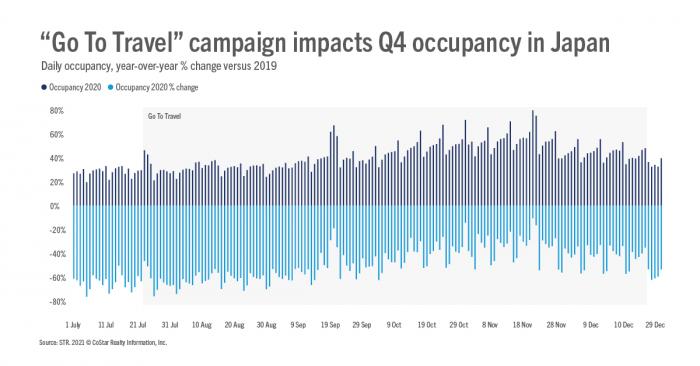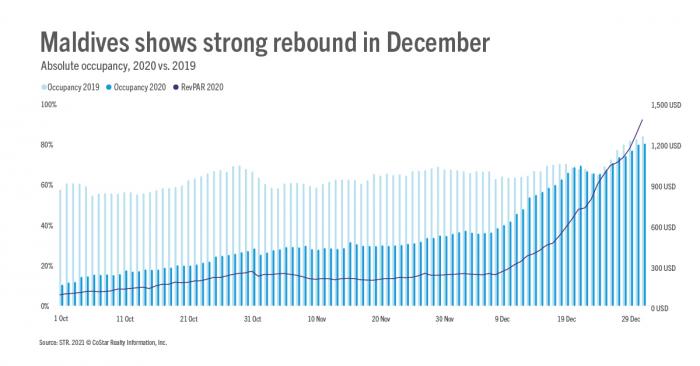Are travel incentives lifting demand in the hotel sector?
In a previous whitepaper, STR analyzed the short-term impact of travel incentives in select countries around the world. With additional months of data at our disposal, we take another look at countries that have implemented various incentives to help increase demand lost to the global pandemic.
While domestic travel has been the focus to boost tourism, some countries furthered measures to attract international guests via special visas, promotions and by emphasizing health and safety processes.
To start, we looked at total-year 2020 data to see which countries offering such incentives were able to move closest to pre-pandemic levels.


